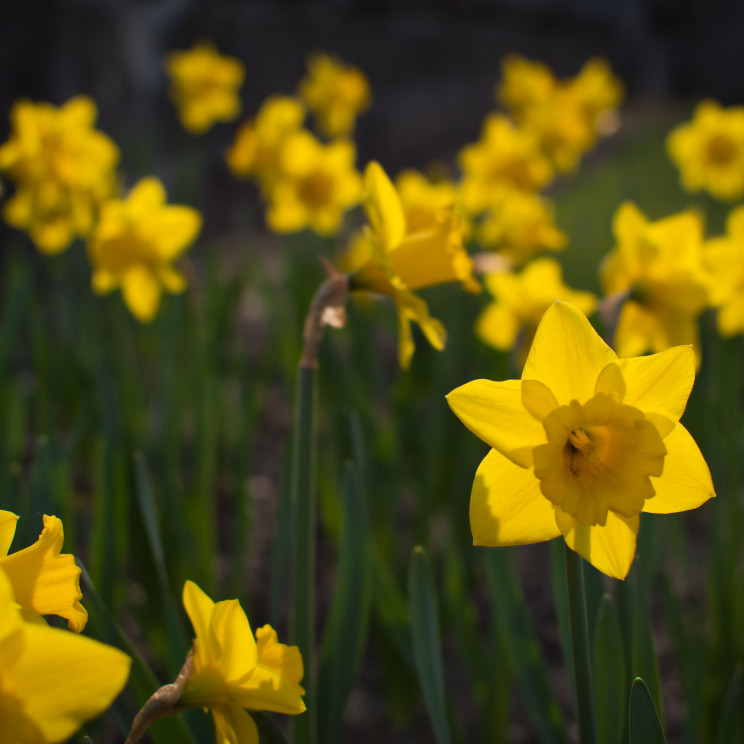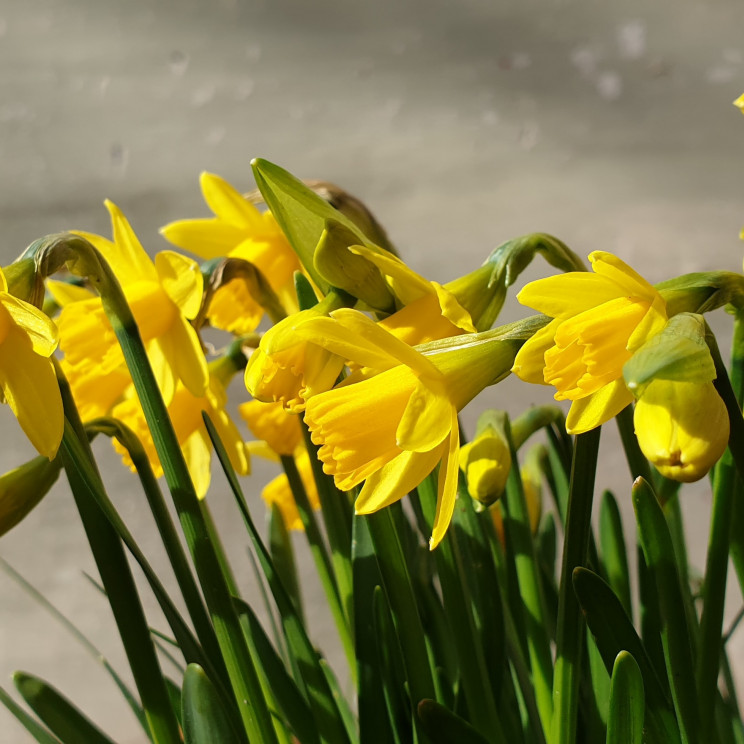Why are there so many daffodils at the Cancer Society?

Cancer organisations around the world use the daffodil as a symbol of hope for all people affected by cancer.
Daffodils mark the return of spring and new life.
It was first used in Toronto, Canada in the 1950s during volunteer organised coffee mornings to raise money for cancer awareness and research. Guests were given a daffodil as thanks for their support.
The daffodil eventually replaced the sword which had been the Cancer Society emblem since establishment in 1929.
Daffodil Day was introduced as the Cancer Society's major street appeal in 1990, supported by our principal sponsor, ANZ.
Volunteer enthusiasm has always been a key part of Daffodil Days success. From the first group of Feilding volunteers who picked daffodils from local paddocks to exchange for a donation, to the thousands who now take part every year over the country on the last Friday in August.
Our daffodil facts:
- also known as Narcissus
- we need over 600,000 fresh daffodils for Daffodil Day
- over 50 daffodil farms are involved with Daffodil Day with over 40 of these in the Wairarapa
- 11,000 amazing volunteers give us a hand of Daffodil Day

Believe it or not - daffodils may kill cancer!
Research published in 2018 reports that a natural extract from daffodils has cancer-killing properties.
